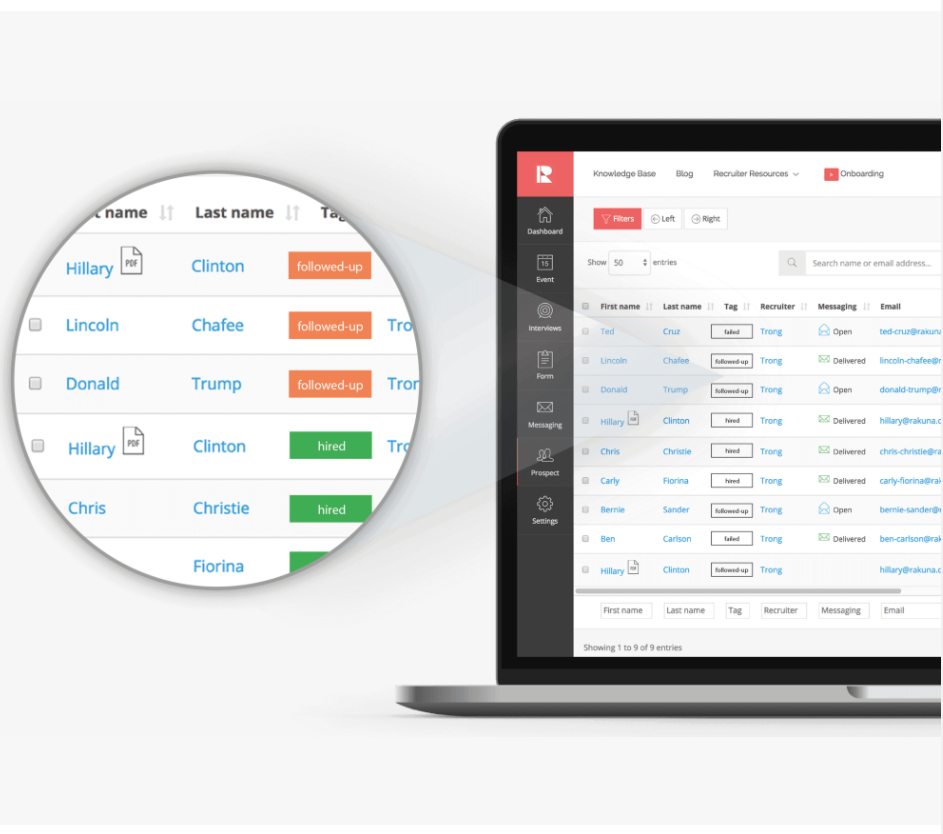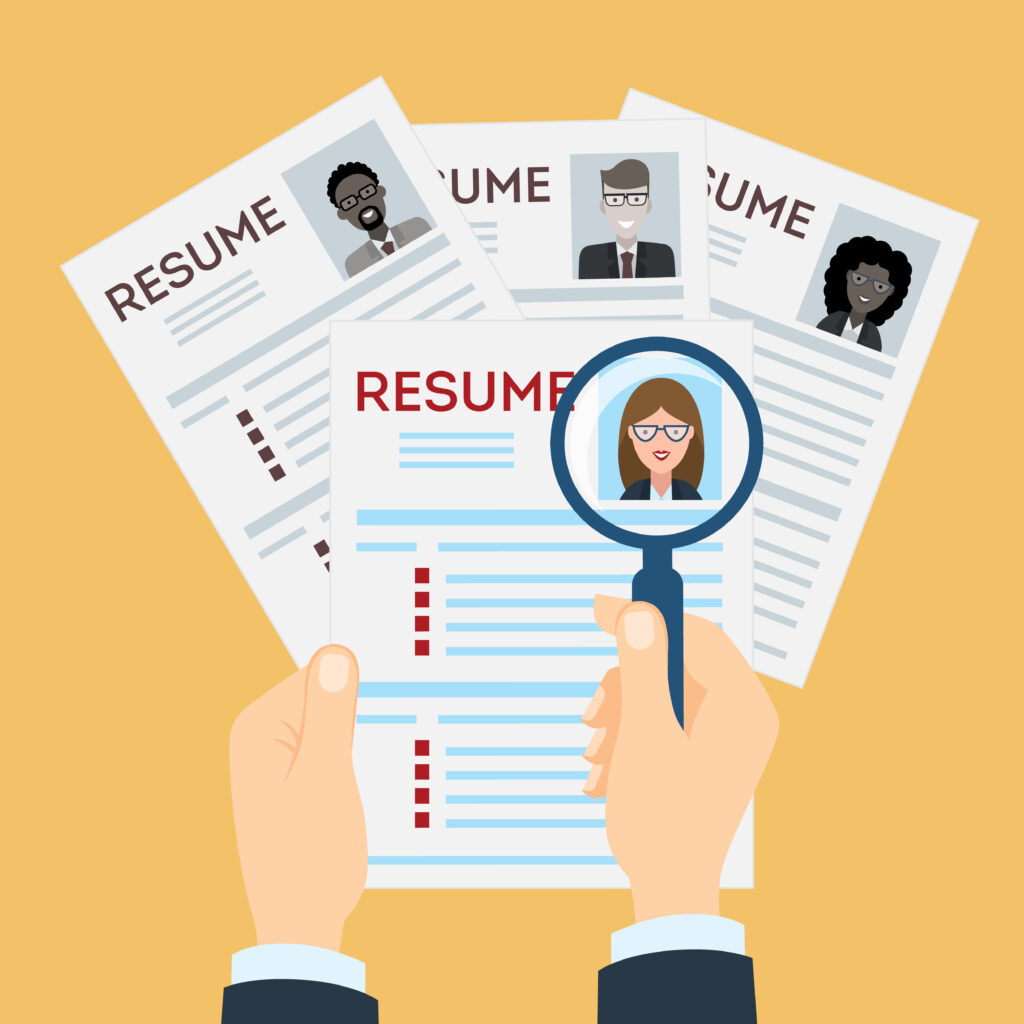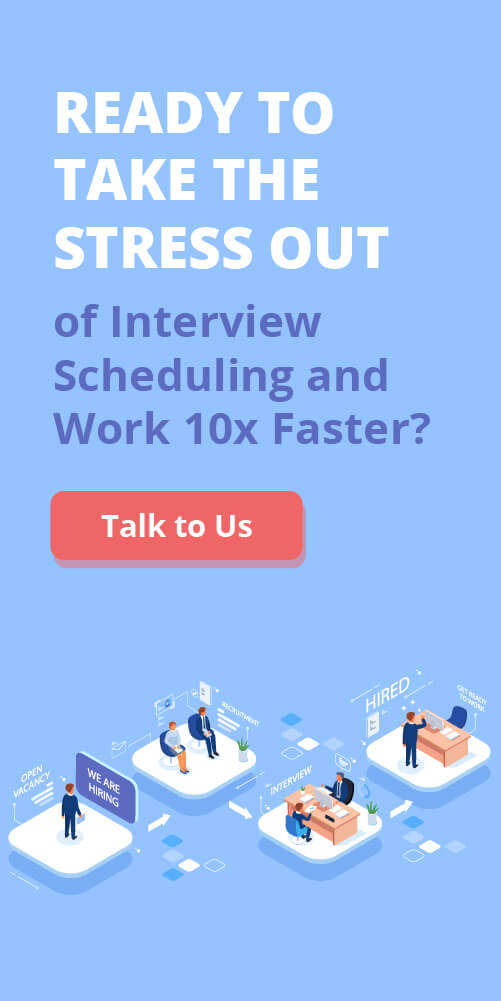Let’s be real: recruiting used to feel like matchmaking. Now? It feels like drowning in a sea of AI-written Resumes, only to find a couple worth a second glance.
If you’re recruiting for a global enterprise—or juggling a handful of complex roles in a high-volume cycle—you’ve probably felt that creeping frustration. The job post goes live, and within hours: inbox chaos. Some applications show promise. Many don’t. Most are suspiciously well-formatted.
That’s the Gen AI flood. And it’s not slowing down.
But here’s what recruiters who’ve been in the trenches know: a CRM for recruiters isn’t just nice-to-have anymore. It’s the system that lets you stop reacting and start managing.
Wait, What Is a Recruiting CRM Again?

At its core, a Recruiting CRM helps talent teams build and manage relationships with candidates before they hit “Apply.”
Think of it as a sourcing and engagement engine that runs parallel to your ATS. Where your ATS logs applicants, your CRM builds pipelines. Where your ATS says “hire or reject,” your CRM says “nurture, re-engage, keep warm.”
It’s particularly powerful for experienced recruiters managing evergreen roles or high-attrition functions, like customer success, enterprise sales, or specialized tech stacks.
The best CRMs don’t just organize names. They learn patterns, segment intelligently, and reduce the number of hours your team spends chasing the wrong leads.
💡For a comprehensive explanation of what is a CRM in recruiting, including its common use cases, please refer to this article.
The Resume Pile Problem

Let’s not sugarcoat it. Gen AI has made it easier than ever for anyone to crank out a halfway decent Resume or cover letter. The result?
- Resume quality drops.
- Volume explodes.
- Recruiter burnout spikes.
Most of these resumes sound eerily polished but say very little. You’ll see generic statements like “experienced in cross-functional collaboration” and “proven track record of innovation” across wildly different candidate profiles. The voice might be clean, but the fit is off.
And as you’re skimming page after page of sameness, the real issue creeps in: you’re wasting valuable time on noise.
So, how do you cut through it? With filters, automation, and segmentation—and that’s exactly where your Recruiting CRM shines.
And when you’re sourcing for roles like “Senior FP&A Analyst” or “EMEA Talent Partner,” you don’t have time to decode fluff. You need filters. Fast.
Smarter Segmentation: Filter First, Read Later

AI-generated Resumes are polished. They’re keyword-optimized. They’re generic. And they’re everywhere.
So, what happens? Recruiters waste precious time manually reviewing candidates that look good on paper but collapse under deeper scrutiny. Worse, the human standouts—the ones who aren’t gaming the system—get buried in the pile.
Here’s how segmentation works in a CRM:
- Custom candidate tags: Think “JavaScript-heavy,” “bootcamp grad,” “cold-sourced,” or even “low-Resume-quality.” You set the logic, and a recruiting CRM can help sort your talents into various talent pools for easier qualification.
- Scoring systems: Assign point values to skills, experience, and engagement. Candidates with relevant keywords, solid experience, and referrals bubble to the top.
- Source-based filters: Want to automatically segment those applying from job boards vs. those coming in from referral programs or curated talent pools? Easy.
In other words: you filter smarter so you can read less—and spend your time on people who are more likely to be the real deals.
It’s like putting a sieve at the top of your funnel rather than sorting through the sludge at the bottom.
For Example:
Let’s say you’re hiring a mid-level frontend developer. A CRM for recruiters scans every Resume and applies scores based on:
- Keywords like “React,” “TypeScript,” and “Next.js”
- Years of experience (3–5 preferred)
- Resume structure (e.g., excessive buzzwords, copy-paste formatting triggers a “Generic/Low Fit” flag)
The CRM segments:
- 60 candidates into “Strong Fit”
- 120 into “Maybe”
- 400+ into “Low Fit”
Suddenly, you’re not spending Monday morning buried in Resumes—you’re already reviewing the best ones.
Automated Responses That Don’t Feel Robotic

When your inbox explodes with Gen AI applications, it’s impossible to respond to everyone by hand. But going completely silent is not an option either – especially when your company’s reputation is on the line.
That’s why smart automation is a lifesaver.
With a recruiting CRM, you can build nuanced, tiered response workflows that go out fast, but feel like they came from a real person.
For example:
- Candidates who aren’t a fit receive warm, timely replies, acknowledging their interest and encouraging future engagement.
- Mid-fit applicants are automatically added to future-pipeline campaigns, complete with role updates and branded content.
- High-fit talent? They get fast-track access—calendar links, hiring manager intros, status updates, all logged and tracked in one place.
For recruiters managing multiple reqs and juggling hiring manager expectations, this means less admin… and fewer dropped balls. No one feels ignored. No one clogs your inbox with, “Just following up again :)” emails. And your team can focus on conversations that matter.
Because sure, AI may be flooding the gates. But that doesn’t mean you have to start sounding like one.
Nurture Now, Hire Later: The Long Game That Actually Pays Off
When we talk about long-term candidate relationship management, it’s easy to brush it off as “nice-to-have.” But in the Gen AI era, it’s a secret weapon.
Here’s the logic: AI has made it ridiculously easy to apply for roles, especially on one-click platforms. That means a huge chunk of your inbound applicants might not be serious, qualified, or even aware of what your company actually does.
So how do you cut through that noise without burning out your team?
You build your own pool.
A well-structured CRM for recruiters helps recruiters curate an internal ecosystem of people they’ve already vetted, interacted with, or tracked over time—regardless of whether they applied to a role. You’re not waiting around for quality to come to you through a bloated job board. You’re growing it yourself.
Use it to:
- Create talent pools for specific roles, levels, or geographies
- Launch newsletter-style campaigns with open roles, team highlights, or upcoming events
- Track candidate engagement—who’s opening, clicking, or replying?
The CRM can even flag candidates who suddenly show interest again—opening your emails, updating their profile, or browsing your careers page.
Imagine this:
You passed on a junior data analyst six months ago. But you added them to a “Rising Data Talent” list in your CRM. Since then, they’ve been opening your monthly emails, clicking on internal job postings, and even replying once with a question.
When a new role opens? You already have someone warm, engaged, and informed. No sourcing scramble or LinkedIn cold reach.
An Actual Week in the Life (of A CRM for Recruiters )

Let’s say it’s Monday morning. You’re a recruiter on a lean team, hiring for a critical role – say, a mid-level Product Designer in Austin. The job’s been live for 48 hours, and you’ve already received 320 applications. You know, instinctively, that at least half were spit out by a Resume generator. But where do you even begin?
Monday: Segmentation
A CRM for recruiters would auto-categorize incoming applicants based on a set of filters you’ve customized ahead of time. Think of it as your digital front desk.
- Anyone who applied via internal referral? Tagged priority review.
- Applicants who’ve previously engaged with your talent content or attended a virtual event? Tagged engaged pipeline.
- Candidates with suspicious formatting, vague summaries, or “too-good-to-be-true” keyword density? Flagged with a low-quality indicator.
You walk into your dashboard and already know where to focus your attention. No inbox-sorting, no spreadsheet shuffling. You haven’t read a single Resume yet, and already saved hours.
Tuesday: Automation
For the 210 applicants who didn’t make it past the first filter, schedule your recruiting CRM sends pre-configured emails that are polite, timely, and emotionally intelligent. Nothing robotic, just short, warm messages that say, “Thanks, but not this time,” while keeping the door open for future engagement.
Meanwhile, semi-qualified candidates get a slightly different version: “We’re reviewing and will be in touch soon.” This keeps them in the loop, no ghosting, and reduces the “just checking in :)” follow-up emails.
And your top 20 leads? Those are flagged automatically. You get a Slack ping with their info bundled. You’re already reaching out by lunchtime.
Wednesday to Thursday: Actual Recruiting
With the clutter filtered out, your team can spend time where it matters, building real connections. A competent recruiting CRM like Rakuna’s would make it easy to:
- Schedule interview or phone screens, with attached interview kits and related materials tailored to the role.
- Drop notes from candidate calls into the shared profile, so everyone’s in the loop
- Compare profiles side-by-side to speed up shortlist decisions.
You’re doing real recruiting, not just shoveling through Resume rubble.
Friday: Keep the Warm Pool Warm
Here’s where your long-term engagement strategy would kick in.
You take the 40 mid-fit candidates – people who weren’t right this time, but showed promise—and drop them into a curated talent campaign. That campaign? Already set up with a drip of content: upcoming roles, team stories, culture pieces, and “meet our designer” videos.
These aren’t spam blasts. They’re thoughtful touchpoints that slowly build trust and keep your brand top of mind.
Next time you need a designer? You’re not starting from scratch. You’re pulling from a pool that already knows you – and wants in.
One Last Thing: The Human Side Still Matters
No recruiting CRM, no matter how smart, can replicate recruiter intuition. Tools can help you segment, nurture, and prioritize, but they don’t know what your hiring manager really means when they say “culture fit.”
But they can give you your time back.
And with that time, you can build better relationships, make fewer rushed decisions, and deliver the kind of candidate experience that reflects your company’s actual values.
Because in the end, recruiting is about people. Let the CRM handle the paperwork.

Team Rakuna
The Rakuna Team comprises a diverse group of professionals hailing from various corners of the world.
With a passion to enable organizations to hire their next waves of talents, we are dedicated to help organizations stay updated on important recruiting technology and industry best practices.


